Swiss wildlife moves up the mountainsides
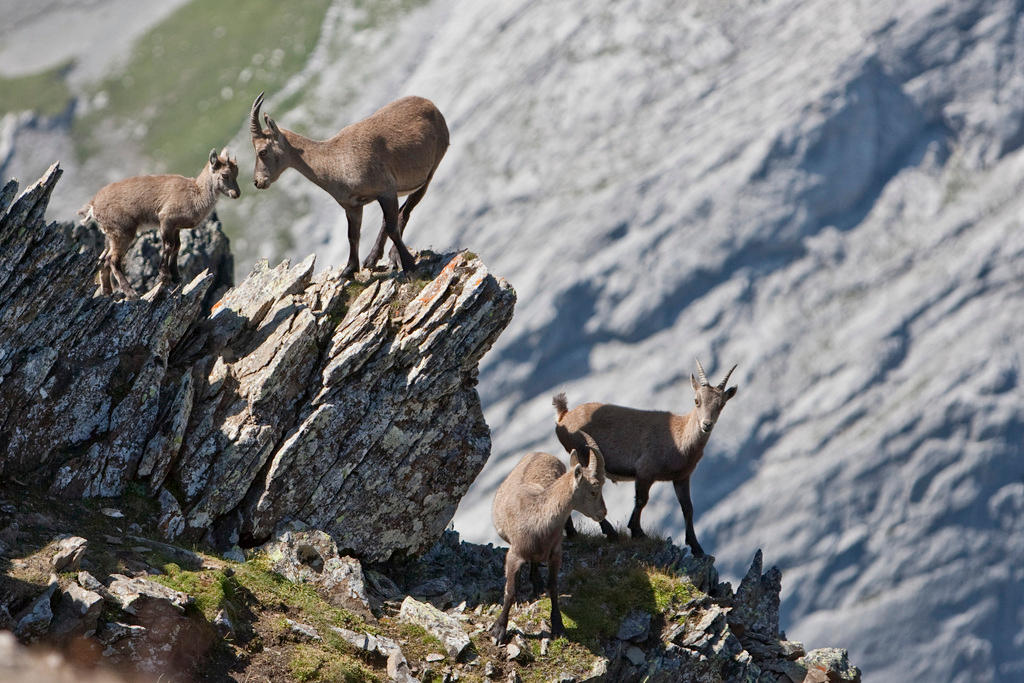
Researchers say three of Switzerland’s most iconic animal species spend more time at higher elevations each autumn than they did in the past due to climate warming.
An international research team led by the Swiss Federal Institute for Forest, Snow and Landscape ResearchExternal link (WSL) studied data for the Swiss ibex, goat-like chamois, and red deer from 1991 to 2013.
They found the animals lived an average of 135, 90 and 80 metres higher, respectively, than previously recorded.
The data published in the journal EcosphereExternal link in April came from the canton of Graubünden’s Hunting and Fishing Authority, which kept records for 230,000 locations where the species were hunted.
The researchers concluded the animals took to higher elevations because of rising temperatures. In the past two decades, average temperatures in the prime hunting months of September and October rose 1.3°C in Graubünden.
It’s normal for animal behaviour to vary from year to year, because of hunters, weather or climate. Dry, warmer winters make it easier on the animals, even at higher elevations.
Until now, scientists found mostly reptiles and insects shifting to higher, cooler habitats in response to climate change.
“This data set is unique and shows that even large, warm-blooded species react to rising ambient temperatures”, said study co-author Kurt Bollmann of WSL’s Conservation Biology research group in a statement on Thursday.
While these data suggest that the ibex, chamois and red deer are responding behaviourally in reaction to climate change in Switzerland, it’s not yet known what the long-term consequences of such a trend might be in terms of populations.
However, as study co-author Hannes Jenny of Graubünden’s Hunting and Fishing Authority pointed out in a statement: “Consistent, precise and continuous documentation of kill sites is an important and valuable basis for future research on the impact of climate change on large game species”.

In compliance with the JTI standards
More: SWI swissinfo.ch certified by the Journalism Trust Initiative
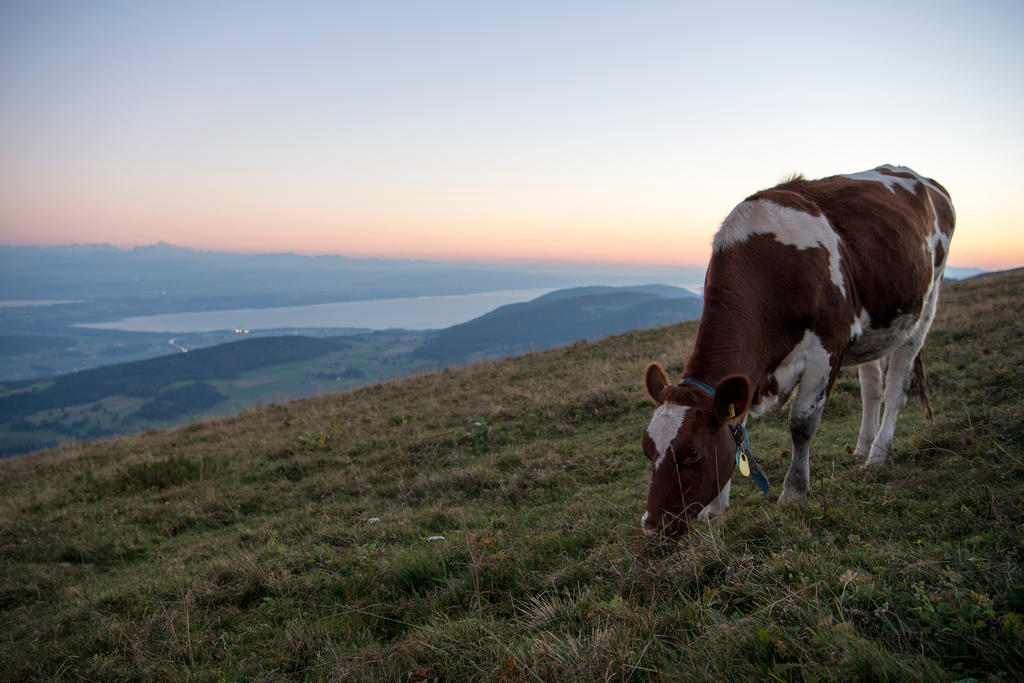
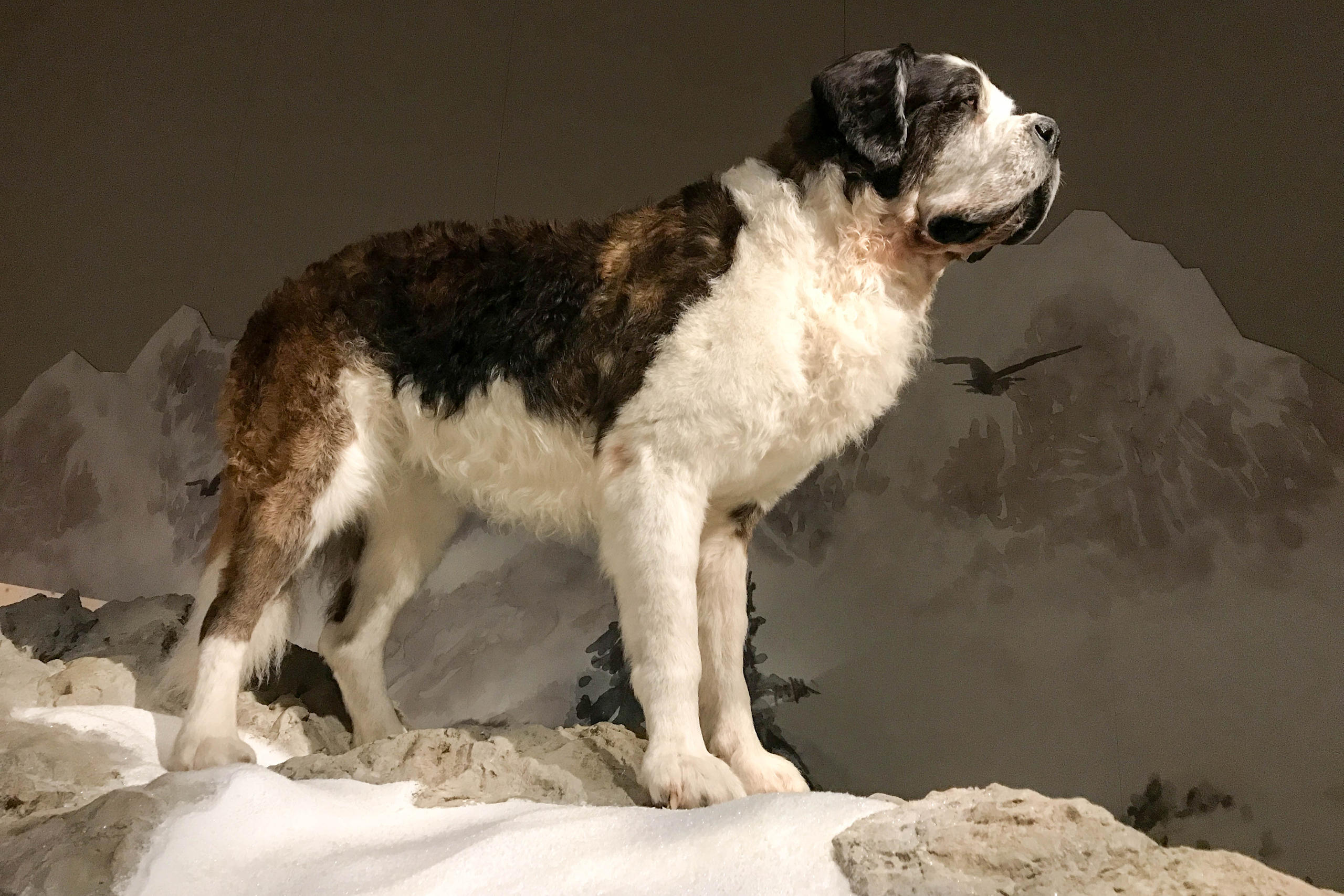
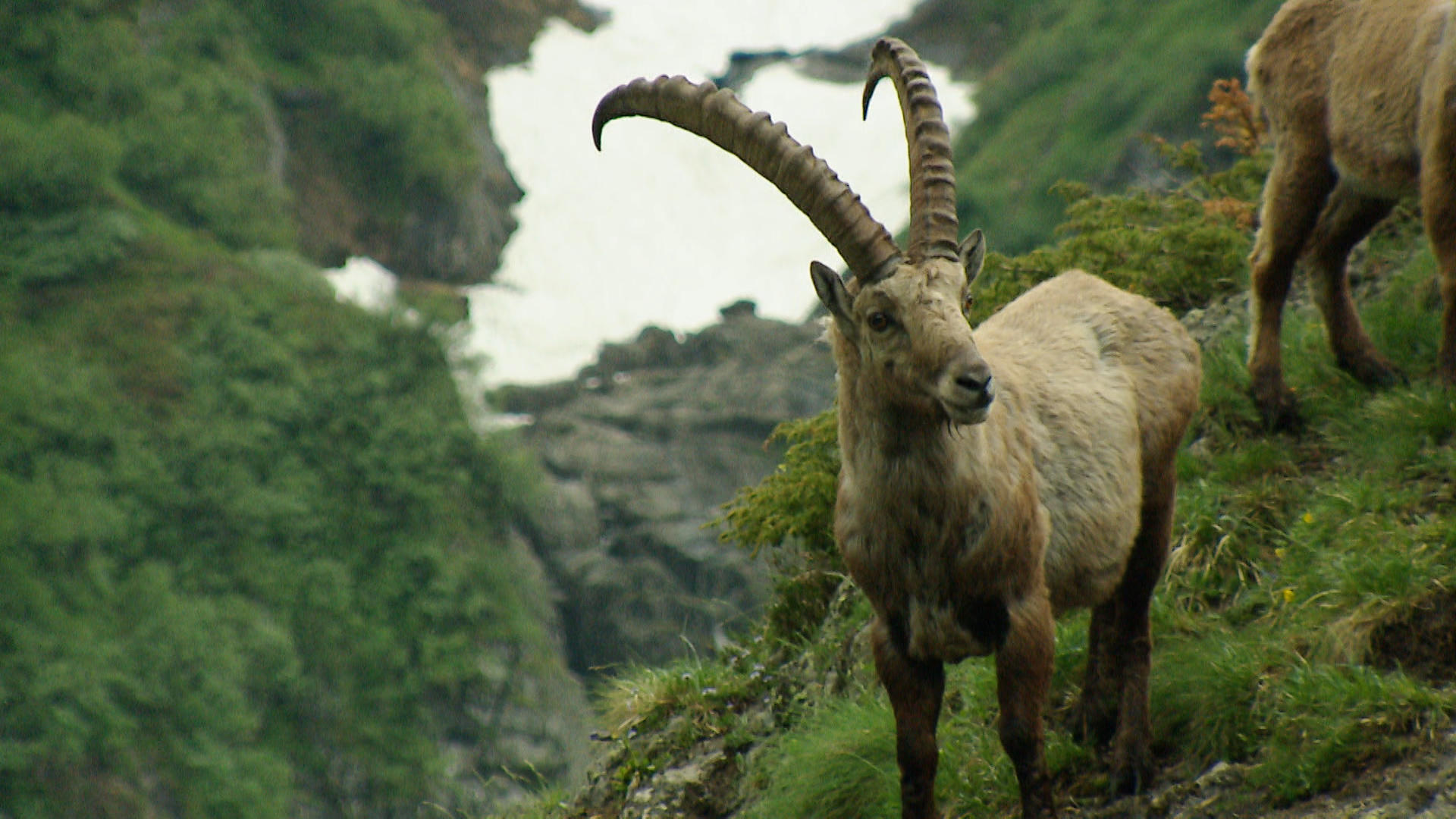
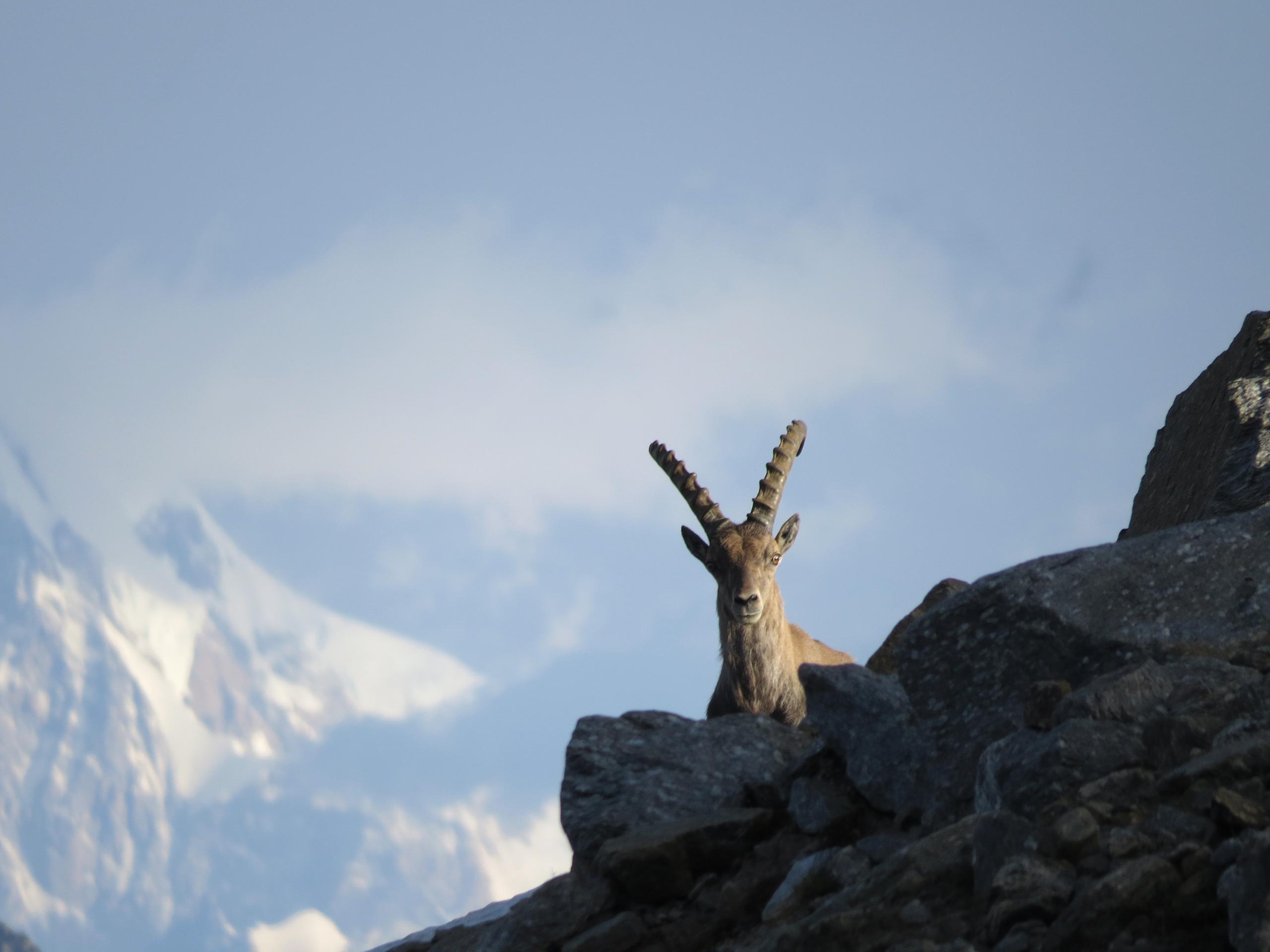
You can find an overview of ongoing debates with our journalists here. Please join us!
If you want to start a conversation about a topic raised in this article or want to report factual errors, email us at english@swissinfo.ch.